The Houthi attack on central Israel (September 15, 2024), along with the increased rocket fire from Hezbollah, compels Israel to develop a long-term strategy to counter the Iranian-led threat. Iran, aiming for the destruction of Israel by 2040, was surprised by the precise timing of Hamas’ attack on October 7. Nevertheless, it quickly integrated its proxies into the broader campaign and even directly joined the attack on Israel on April 14, 2024. However, the last series of attacks by Israel on Hezbollah and especially the elimination of the organization’s leadership including Nasrallah, have changed the overall war strategic situation.
For nearly a year, Israel has been working to achieve its war objectives in Gaza, partly to enable the redirection of resources and attention to the northern front. The IDF’s achievements have been incomplete, and the war has dragged on. The primary reason Israel has not completed its war objectives in Gaza is the ongoing failure to address the civilian aspect of the campaign, especially control over the distribution of humanitarian aid. This failure was reflected in the state’s response to a High Court petition concerning humanitarian aid to Gaza’s population, heard in mid-September.[1] The state acknowledged that “Israel has dealt a severe blow to Hamas and its military capabilities, but these capabilities have not been fully neutralized… Hamas still has the ability to govern… and continues to invest significant efforts and resources… utilizing its security apparatus and establishing new security bodies to handle public order, with the aim of seizing control of aid and directing it to the movement’s needs, funneling cash to the Strip and distributing aid and salaries.”[2] The unwillingness of the Defense Minister and the senior IDF leadership to address this issue represents a strategic failure, directly impacting Israel’s hesitancy to use ground forces on the northern front.
The situation in the northern theater remains critical because of the loss of Israeli sovereignty over an entire region, with many residents of the north displaced since the beginning of the war. This situation is intolerable and demands immediate change. The Israeli offensive on Hezbollah provides an opportunity to change the strategic situation in Lebanon. Action in Iran needs to be delayed until the objectives in the south and the north are achieved.”
The strategy for the northern front should integrate three key components required for a broader approach confronting Iran, the “head of the octopus.” The three proposed components are: first, immediate preemptive action, not dependent on the operational situation in the south; second, removing Hezbollah from southern Lebanon; and third, fundamentally altering the situation in Lebanon, as outlined below. Hezbollah dictated the pace and intensity of events in the north until recently., but Israel has taken the initiative and started with a series of attacks on Hezbollah to stop the exchange of blows that served Iran’s strategy of wearing down the Israeli population.
Measures should be taken on several dimensions. First, the evacuation of the entire civilian population of southern Lebanon northward beyond the Litani River. The Northern Command suitable evacuation plans have been ordered and hundreds of thousands of residents have moved to the north. This evacuation is necessary to protect the population, as the entire region has become a combat zone.
Alongside the evacuation, the IDF should declare that all bridges and crossings over the Litani will be destroyed within a designated time. This will expedite the evacuation and isolate the combat zone in the south from northern Lebanon. Concurrently, the IDF will begin securing a buffer zone across the border not before Israel strikes to destroy as much of Hezbollah infrastructure and terrorists at the south. Military doctrine determines that defense cannot be maintained without a forward security zone. Currently, the IDF is defensively deployed along the international border, but it is trained and ready to take control of strategic areas on the other side of the border. This would be a purely preliminary action and would not in any way lead to a fundamental change in the situation along the border. However, it will reduce the risk of a ground invasion of northern Israeli communities and minimize as far as possible the option for direct fire on them.
In the second stage, Hezbollah forces must be removed from southern Lebanon. IDF forces have been diverted from the south to build a sufficient order of battle. The campaign in southern Lebanon will differ from that in Gaza. First, the large-scale evacuation of the population in South Lebanon will allow the IDF to operate freely against Hezbollah forces. Second, the IDF’s bank of Hezbollah targets has been prepared over years, enabling extensive strikes on the group’s military infrastructure. Lastly, the IDF will need to target Lebanese state infrastructure in the south in use by Hezbollah, such as electricity, communication, transportation, and water facilities, which it did not do yet. Following the latest attacks and the elimination of Nasrallah and the organization’s leadership, there is no need to limit fire only to south Lebanon and Israel should target Hezbollah operatives and capabilities throughout Lebanon. Iran now faces a strategic dilemma – sacrificing Hezbollah or trying to save what it can. Hezbollah has been built up as the main weapon in Iran’s strategic toolbox for a time when the Islamic Republic possesses nuclear capabilities. In that event, it will be able to synchronize the operations of all its proxies under a nuclear umbrella..
In this new strategic situation, Israel could move to the third component of its strategy: fundamentally altering the situation in Lebanon by destroying most of Hezbollah’s core power. However, dismantling Hezbollah’s core power does not necessarily mean only direct military action to destroy the organization’s capabilities. This can also be achieved through extensive strikes on Lebanon’s infrastructure nationwide. Such strikes will lead to pressure on Israel to halt its attacks, and Israel can demand for international involvement to dismantle Hezbollah’s influence in Lebanon.
Any attempt to coordinate such an action with the United States would be doomed to failure, as the U.S. would use all means at its disposal to pressure Israel not to launch such an operation against Lebanese infrastructure. Therefore, Israel must initiate such action by surprise and without any coordination. Striking infrastructure targets in Lebanon is sure to draw the ire of the international community, but Israel will be able to handle the consequences. Such a strike would serve as powerful leverage to push relevant international actors to act in order to fundamentally change the situation in Lebanon, primarily by dismantling Hezbollah’s offensive capabilities.
In conclusion, capturing southern Lebanon is essential for achieving the long-term goal of fundamentally altering the situation in that country. Israel should launch a broad operation to drive Hezbollah forces north of the Litani. Even after the last strikes on Hezbollah leadership and operatives, ending the northern campaign while Hezbollah remains in southern Lebanon would be a strategic failure, preventing the safe return of Israeli residents to their homes. Therefore, Israel must proceed along the above-mentioned three proposed stages. Once Hezbollah and Lebanon are significantly weakened, Israel can address the Iranian threat, particularly its nuclear project.
These are enormous challenges that require mobilizing all the nation’s resources. Over the past year, the Israeli public has shown great resilience, empowering decision-makers to implement the proposed strategy. However, all of this depends on a firm belief in the importance of the mission and the determination of the political and military leadership to take decisive action.
[1] Gabi Siboni, “Why is it Taking So Long to Destroy Hamas?” JISS, July 18, 2024.
[2] High Court of Justice 2280/24
JISS Policy Papers are published through the generosity of the Greg Rosshandler Family.
Photo: IMAGO / Le Pictorium / Sylvain Rostaing







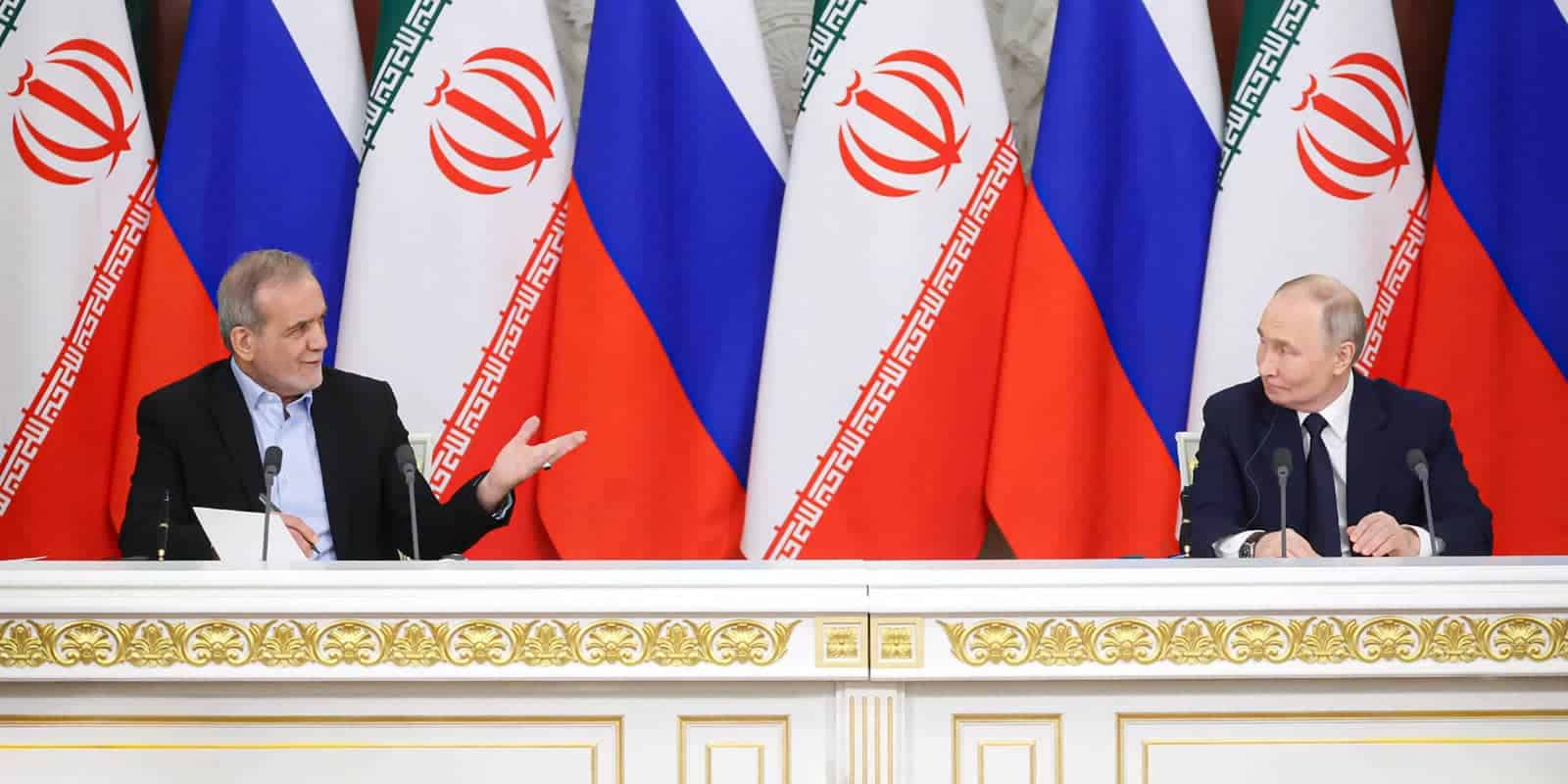
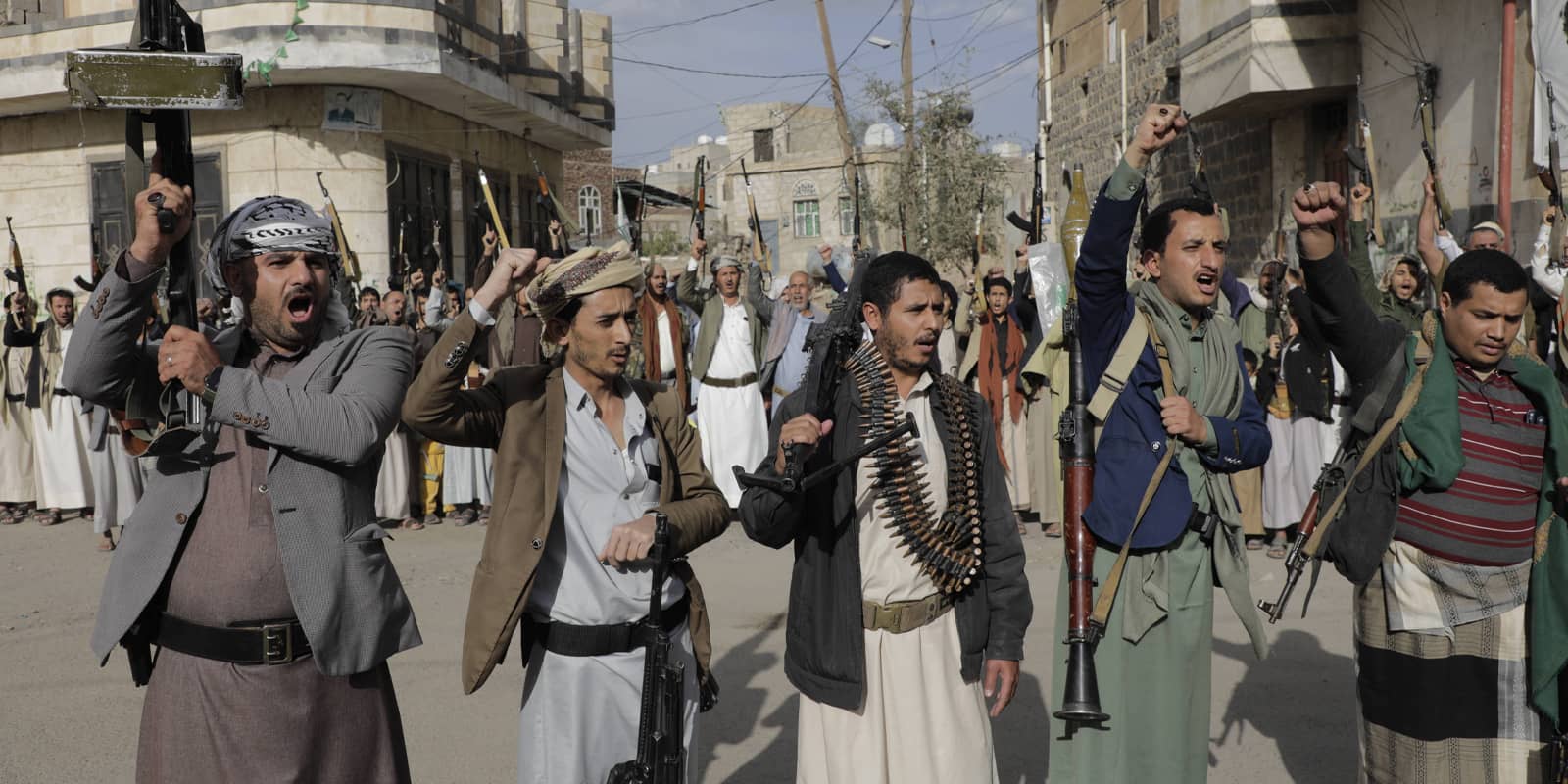
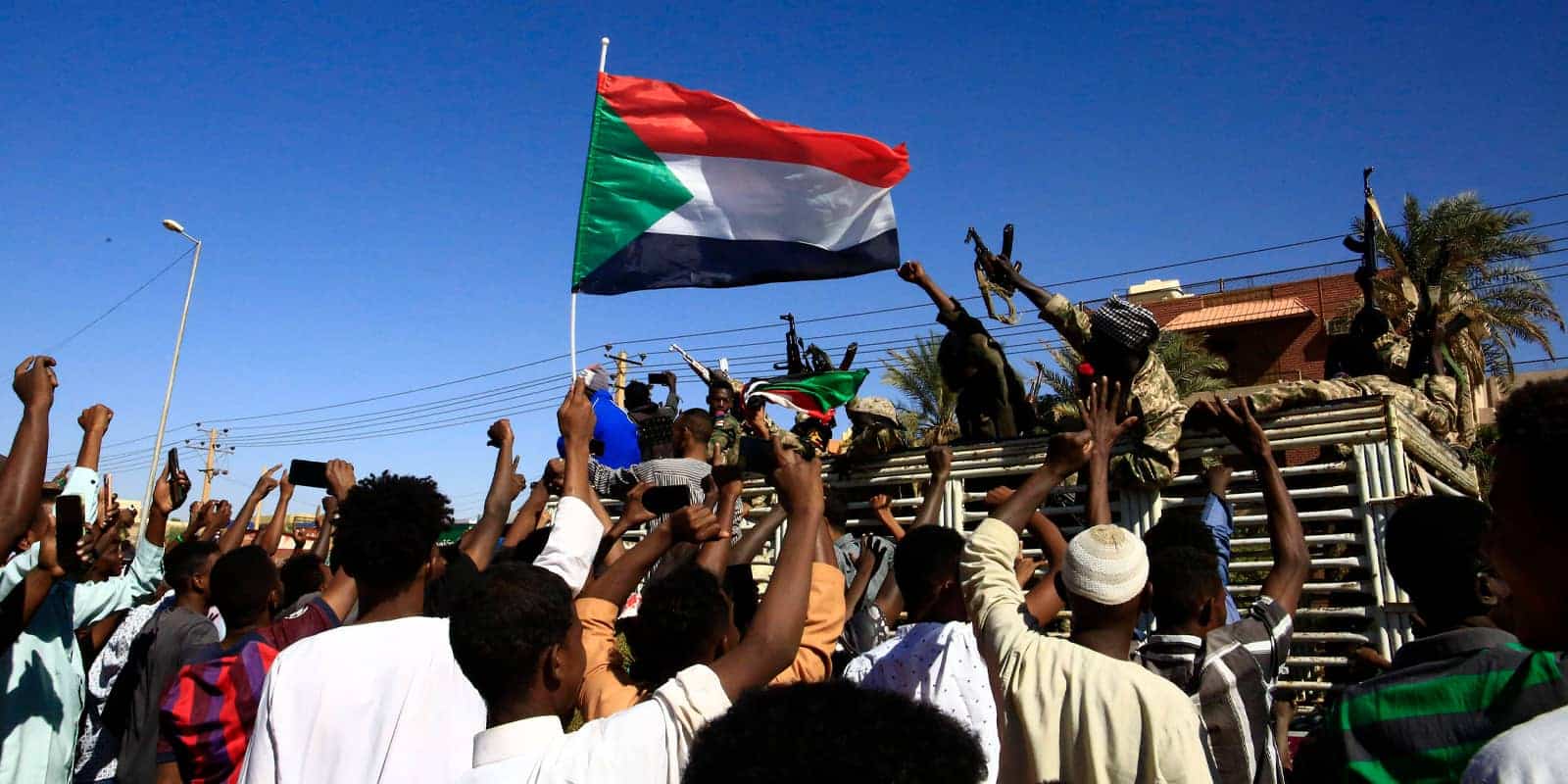


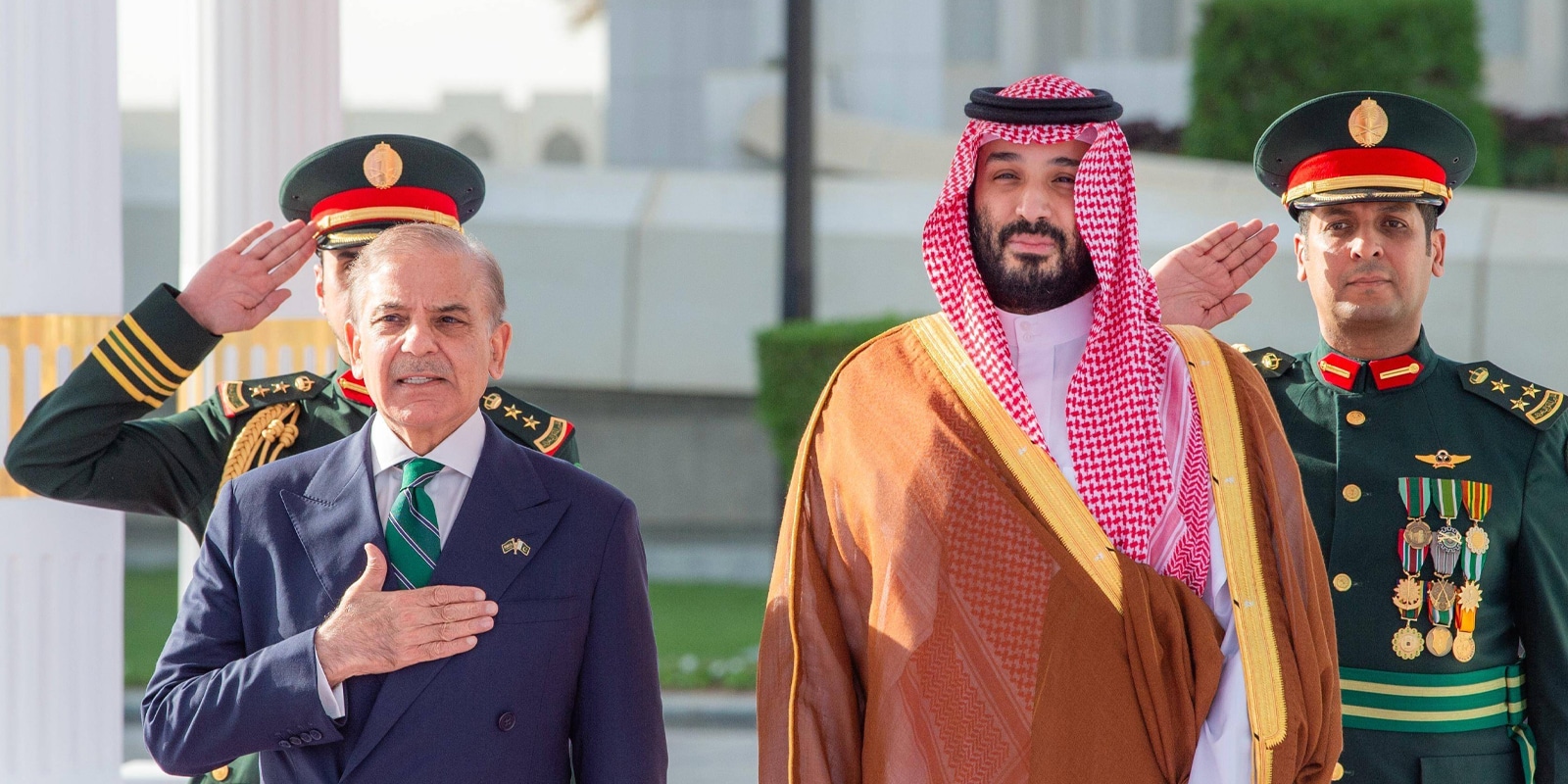
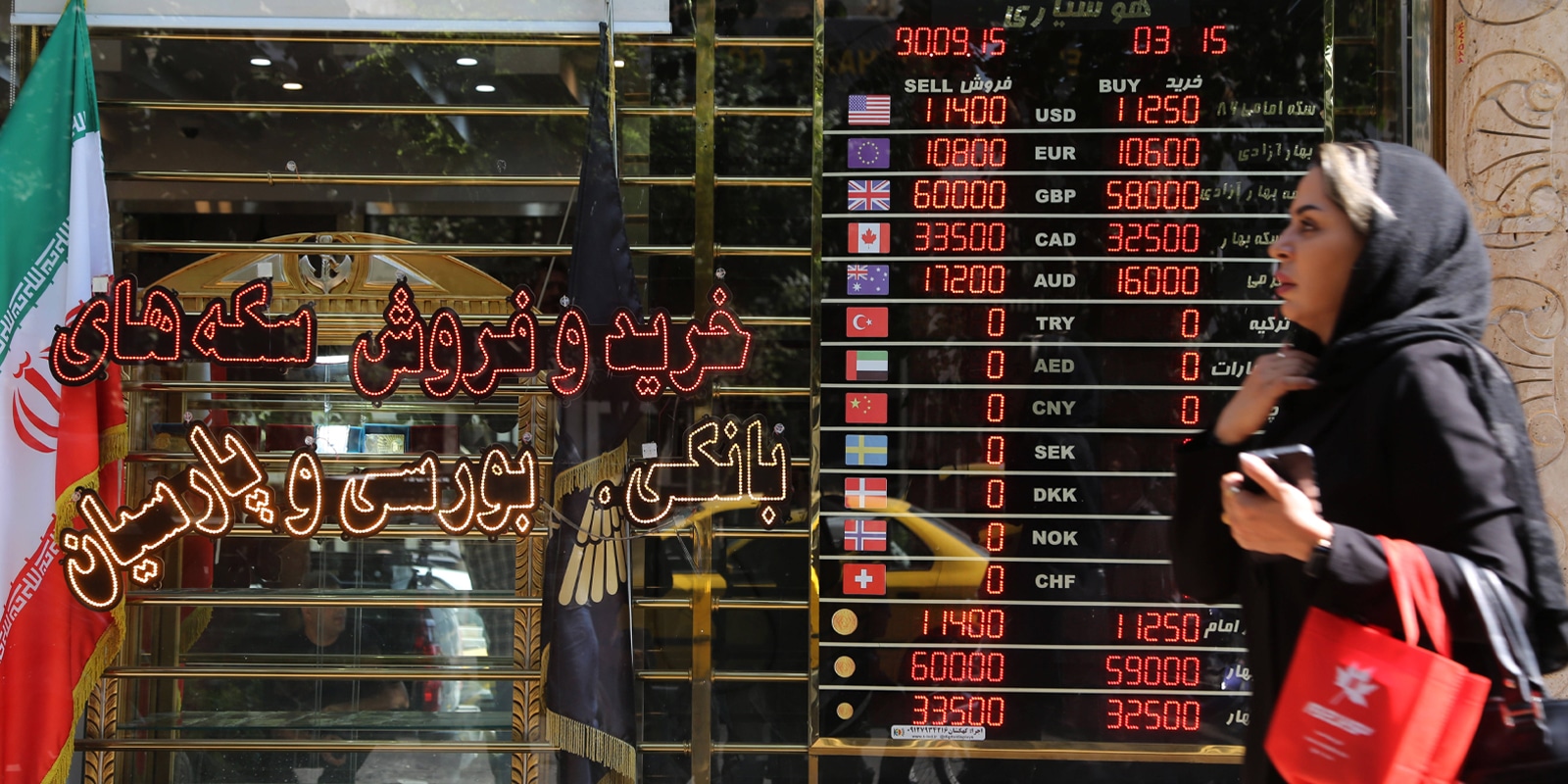

Hamas’s Battle with Gaza’s “Rogue Clans” in the Eyes of the Palestinian Public